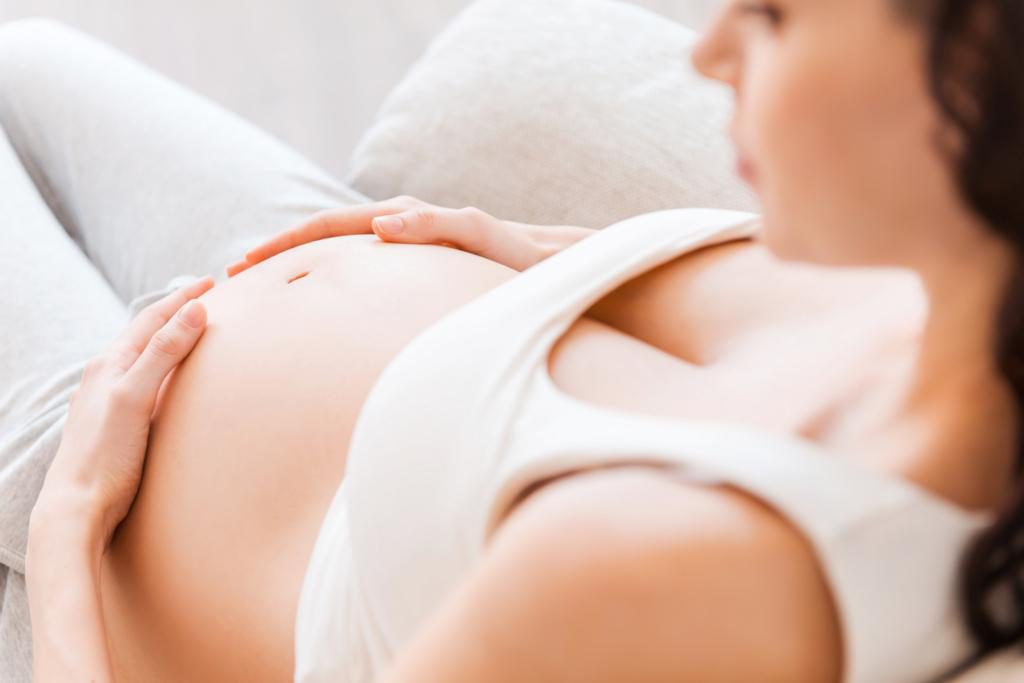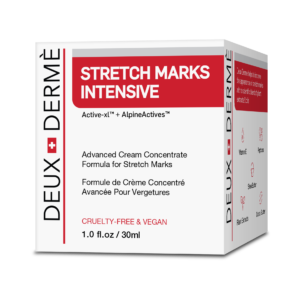Many things change after you have a baby: schedules, sleep time, and sense of freedom, to name a few.
Along with a changing schedule, there are the many physical changes you’ll see. Chief among them is stretch marks. For many women, stretch marks are as much a part of having a baby as diapers and feedings.
“My belly was so itchy and tight when I was pregnant — and sure enough, I noticed the lines as my tummy grew,” says Maggie Shaw, a 38-year-old mom in San Francisco. “They got even worse after my second pregnancy.”
Anatomy of a Stretch Mark
Stretch marks happen when your body grows faster than your skin can keep up with. This causes the elastic fibers just under the surface of the skin to break, resulting in stretch marks.
You gain about 30 pounds during the 9 months you are pregnant, says Heidi Waldorf, MD. She is an associate clinical professor of dermatology at Mount Sinai School of Medicine in New York City.
Growing that fast can leave you with stretch marks, especially on your belly and breasts, two areas that grow the most. Stretch marks can also show up on the thighs, buttocks, and upper arms. The marks often start out reddish or purple, but after pregnancy they gradually fade to white or gray.
Experts say that women who are at a healthy weight should gain 25-35 pounds. “It’s not a bad idea to not only try to stay within that range but to also gain slowly and steadily, as opposed to in fast spurts,” says Mary Lupo, MD. She is a clinical professor of dermatology at Tulane University School of Medicine.
In other words, when it comes to stretch marks, how quickly you gain may be as important as how much you gain.
Who Gets Stretch Marks
If you have them, you’re in good company. About 90% of women will get them sometime after their sixth or seventh month of pregnancy, according to the American Academy of Dermatology.
If your mother had stretch marks, then you’re more likely to have them too, since genetics plays a role.
If you have a lighter complexion, you will tend to develop pinkish stretch marks. Darker-skinned women tend to get stretch marks that are lighter than their skin tone.


